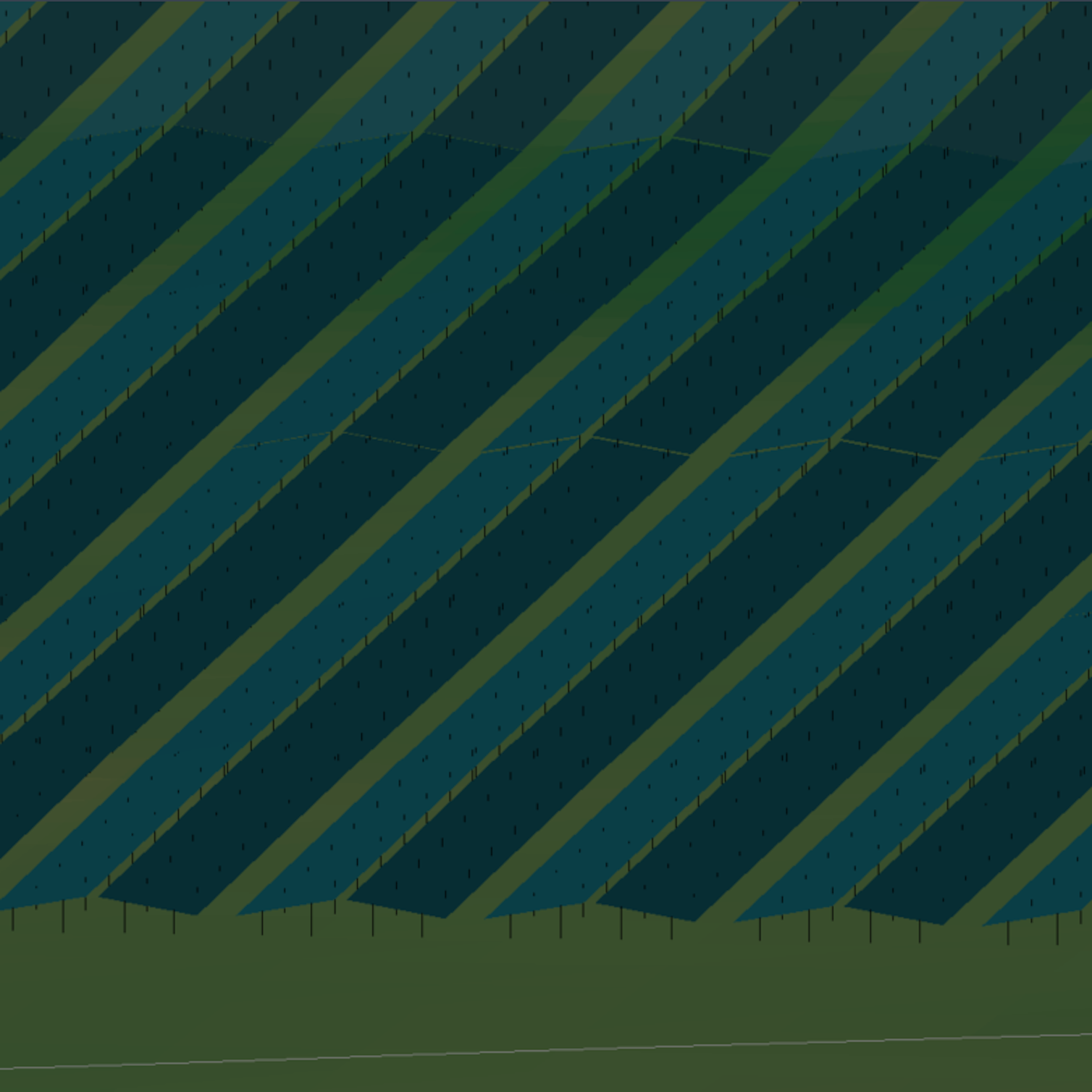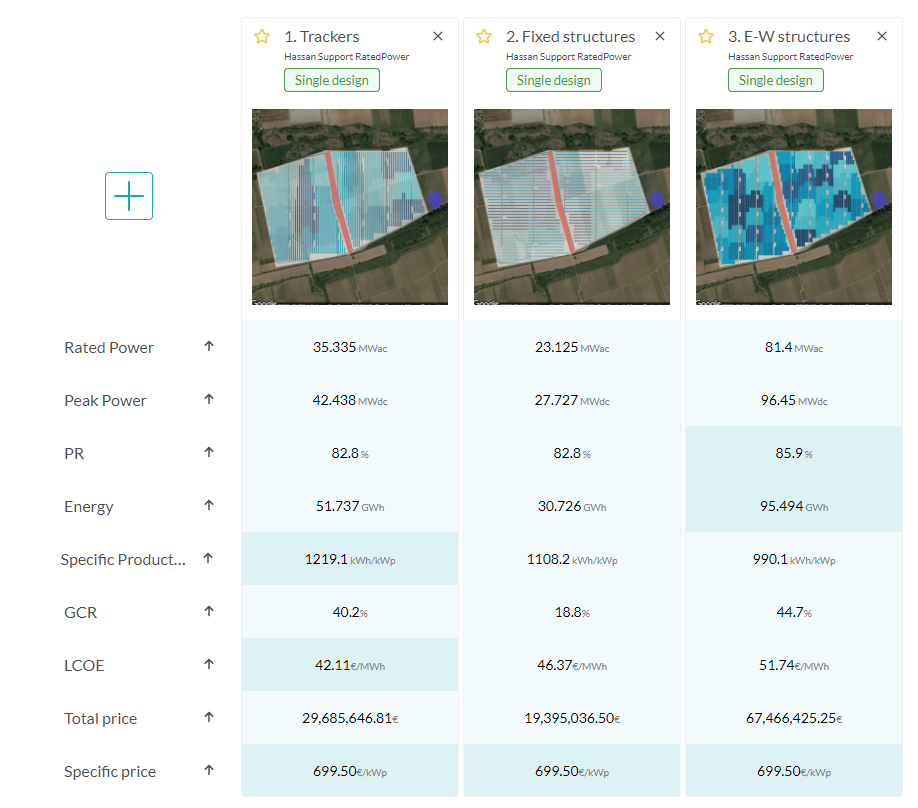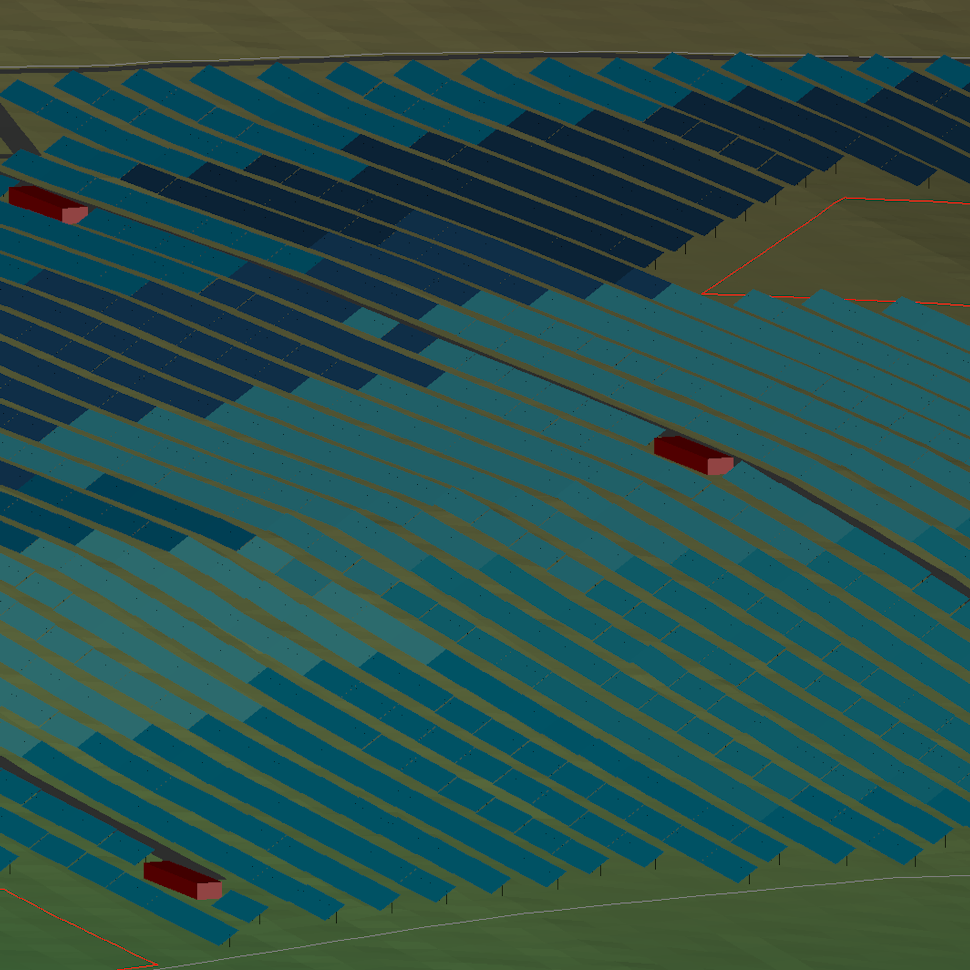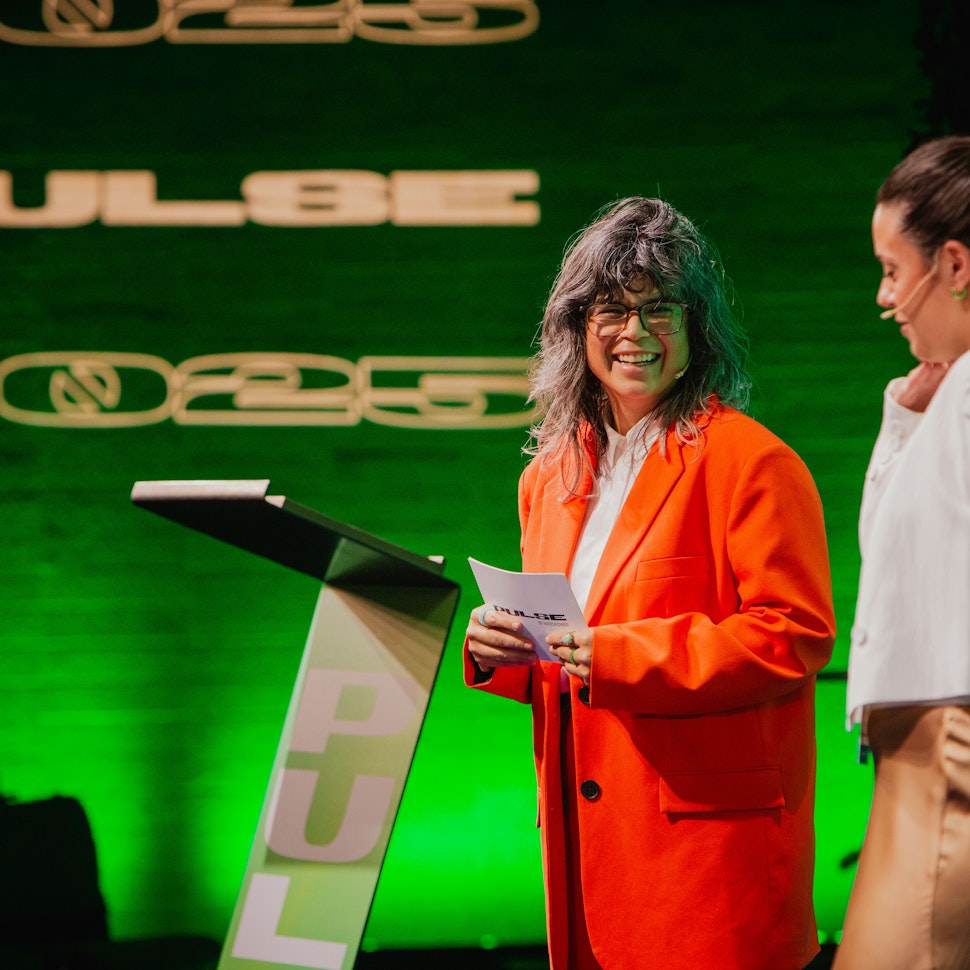- Solar energy blog
- Simulating east-west configurations with RatedPower
Simulating east-west configurations with RatedPower
What are east-west solar energy systems and how can RatedPower assist in simulating east-west configurations for solar projects?


Félix Pérez
Principal Software Engineer
Felix is a PV engineer and software developer, specializing in the development of calculation models and algorithms. After working in an engineering firm, he joined RatedPower to lead the development of the energy and topography calculation models of pvDesign, with a focus on building robust engineering software. Felix is enthusiastic about all disciplines of engineering, and enjoys discussing the more nuanced aspects of both. He is also very passionate about research, which has been a constant through his career in RatedPower.

Content
At RatedPower, we recently released one of the most significant upgrades to our platform—an option for users to simulate fixed east-west structures for solar panel systems.
What are east-west structures, how do they differ from traditional fixed or tracking structures, and why are they gaining popularity?
Let’s look at the role of east-west layouts in solar plant design in optimizing solar power generation.
East-west solar panels configuration design to optimize solar output
East-west solar plant design is a specialized configuration of fixed structures for solar photovoltaic (PV) panel installation. In traditional solar energy systems, PV panels in fixed structures are installed in rows tilted towards the equator—in locations in the northern hemisphere panels face south, and in the southern hemisphere they face north.
In tracker systems, PV panels are mounted so that they follow the direction of the sun to gain the most exposure to direct sunlight and generate the highest amount of energy.
In an east-west system, PV panels are positioned with one side of the installation facing towards the east and the other half facing west.
Advantages of east-west configuration
This layout has advantages in locations with limited space where sites tend to be smaller such as France or Germany, as they can be positioned back-to-back, reducing the space between rows and allowing for the installation of more modules to increase output. This can be particularly useful for flat rooftop installations and regions where few open land sites are available for development.
As east-west systems are installed lower to the ground, wind pressure on the panels is reduced as it passes over the array. They also reduce the likelihood of the inverter becoming overloaded, as the panels produce a more stable energy rate throughout the day, rather than a spike at midday. The east-facing panels produce higher output during the morning as the sun rises, and the west-facing panels take over during the afternoon as the sunsets, therefore the plant will produce a more leveled output throughout the day, rather than a spike at midday.

East-west PV installations can incorporate a large number of panels closer together, offering an advantage in locations where land availability is limited.
A rapid increase in land cost, particularly in northern Europe, is driving east-west layouts to maximize output from small sites. This might be one of the reasons behind the slight increase of fixed structure installations according to RatedPower data. Although tracker structures were used in 63% of total simulations in the platform (+1TW) in 2021, during the last quarter of the year, there was a slight increasing trend towards fixed structures (45% of total simulations).
Challenges installing east-west structures
In an east-west configuration, the east-facing panels must have separate, isolated electrical systems from the west-facing panels so that there is no mismatch between the strings of panels. This requires a different electrical layout from systems in which panels face the same direction.
While east-west layouts produce a stable amount of energy during the day, the peak output is lower than traditional equator-facing systems, which can affect the overall economics of the system. And as the panels are installed closer together, there is less space for maintenance than in a tracker system, where there are larger gaps between the panels.
Due to the differences between east-west configurations and more traditional systems, evaluating them requires an in-depth analysis. PV engineers should carefully study the optimization of the layout, the electrical system design, meteorological data, the energy yield, and the balance of system costs. With RatedPower, it is now possible to analyze all of these points quickly and accurately.
East-west simulations with RatedPower
Including the ability to simulate east-west structures required a major upgrade to RatedPower. It was challenging to make the addition as the software was designed based on the assumption that the orientation of solar panels in a project would be homogeneous, and that the strings of panels can be connected to any collector, which is not the case with east-west systems.
The upgrade involved adding the new configuration to the layout, validating the electrical system and cable layout, and adjusting the energy yield model to accommodate correct simulations of the shading.
Project designers can enable the option for east-west structures on the design process page and set up the topographical analysis and Earthworks tools. They can modify the distance between east-facing groups of panels and west-facing groups of panels. Users can also change how strings of panels are connected to the inverter systems. The strings from both directions are connected to the inverters using separate low-voltage DC electrical systems.
The software shows the new structures in the layout documents, as well as the design and energy reports. The aim is to make the calculation work and user experience as straightforward as possible, so that project designers can compare configurations to find the layout that works best for a particular site.
Customers in latitudes such as Germany, the Netherlands, and Switzerland are using this configuration in more than 50% of the plants they design, so they need east-west design options for projects to be profitable in those countries. And because the design is cheap, it is becoming more popular in Australia, where solar generation capacity is expanding rapidly, and developers want to make the most use out of their sites.

Check out the methodology we followed to calculate the annual energy yield of a solar PV plant in RatedPower. This document provides you with a comprehensive review and analysis of the methodology, describing in detail the calculations involved in each step of the process.
Use RatedPower to optimize your solar power project
Evaluating the most appropriate design for a solar plant configuration requires developers to look at the capacity, layout, and production of a site to make a thorough comparison between the different types of positioning.
East-west PV installations can incorporate a large number of panels closer together, offering an advantage in locations where land availability is limited.
Whether they are a better option than traditional fixed or tracker structures depends on the latitude and economic conditions of the country. Where they do make sense to use, they offer clear advantages to normal fixed structures. Simulating east-west configurations has been incorporated into RatedPower in a way that it is easy to use and is integrated into calculation models for the design of the electrical systems.

Comparison between three PV plants using different structure types: trackers, fixed structures and an East-West structure configuration in RatedPower.
In this comparison done in Germany, the east-west simulation can be seen to have almost double the production than the tracker simulation, and three times that of the fixed structure simulation. However, the efficiency of the plant is lower, so the LCOE is slightly higher. A shortcoming of this comparison is that the price per kWp is the same for all three simulations, results may change with more accurate pricing.
Latest stories
Related posts
Product and corporate updates
Exploring the RatedPower CAD import tool
Discover the RatedPower CAD import tool, an intuitive and time-saving feature that directly integrates DWG CAD files and shapefiles into our platform.
Updated 17 JUN, 25

Product and corporate updates
Discover RatedPower’s Layout Editor
RatedPower’s Layout Editor combines precision, automation, and instant feedback to create a financially and commercially viable layout for a PV plant.
Updated 6 MAY, 25

Product and corporate updates
Renewable energy event PULSE keeps beating in the heart of Madrid
Discover the highlights from PULSE 2025, a leading renewable energy event in Madrid. Explore key insights on solar, storage, AI, and grid innovation shared by top industry experts and innovators.
Updated 9 APR, 25

- RatedPower
- Solar energy blog
- Simulating east-west configurations with RatedPower

